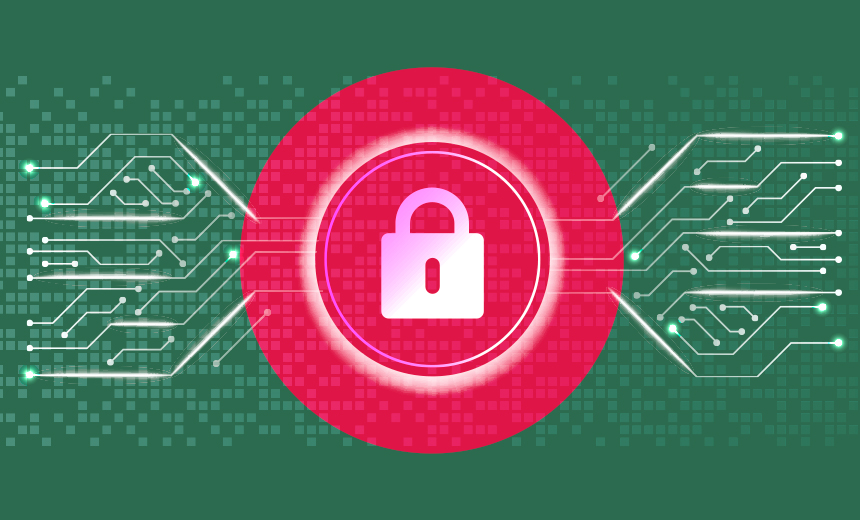Introduction:
Digital forensics has emerged as a critical field in the realm of cybersecurity, playing a pivotal role in investigating and mitigating cybercrimes. As technology continues to evolve, so do the challenges associated with digital threats. This article provides a comprehensive overview of digital forensics, exploring its significance in contemporary times, and delving into the current digital landscape of Bangladesh.
Digital Forensics: A Crucial Component of Cybersecurity:
Digital forensics involves the collection, analysis, and preservation of electronic evidence to investigate and prevent cybercrimes. In an era dominated by technological advancements, its role has expanded beyond traditional computer systems to include mobile devices, cloud platforms, and IoT devices.
Key Components of Digital Forensics:
Data Collection: Forensic experts employ various tools and methodologies to gather electronic evidence from diverse sources.
Analysis: In-depth analysis of collected data to trace the origin, identify patterns, and understand the modus operandi of cybercriminals.
Preservation: Ensuring the integrity of evidence through secure storage and documentation.
Presentation: Clear and concise reporting of findings, often in legal proceedings.
Digital Forensics in Bangladesh:
Bangladesh, like many other countries, has witnessed a surge in cybercrimes in recent years. With the increasing reliance on digital technologies, the need for robust digital forensics capabilities is more critical than ever. Government agencies, law enforcement, and private entities are actively investing in digital forensics infrastructure.
Current Digital Landscape of Bangladesh:
Internet Penetration: Bangladesh has experienced significant growth in internet penetration, driven by increased mobile connectivity.
E-commerce Boom: The rise of e-commerce platforms has transformed the business landscape, presenting new challenges related to online fraud and data breaches.
Mobile Usage: With a substantial portion of the population relying on mobile devices, cybercriminals often target these platforms for attacks.
Government Initiatives: The government of Bangladesh has recognized the importance of cybersecurity and has initiated programs to enhance the country’s digital resilience.
Challenges and Opportunities:
Skill Gap: There is a growing need for skilled digital forensic professionals in Bangladesh to keep pace with the evolving threat landscape.
Legal Framework: Continuous refinement of legal frameworks is necessary to facilitate effective digital investigations and prosecutions.
Collaboration: Enhanced collaboration between public and private sectors, academia, and law enforcement is vital for a holistic approach to cybersecurity.
Cyber Threats Facing Bangladesh:
Phishing Attacks: Cybercriminals often use deceptive emails or messages to trick individuals into revealing sensitive information. In Bangladesh, the rise of online banking and digital transactions has made phishing a prevalent threat.
Ransomware Incidents: With businesses and government organizations increasingly relying on digital platforms, ransomware attacks have become a significant concern. Instances of data encryption and ransom demands are on the rise.
Social Engineering: Manipulating individuals through psychological tactics remains a potent weapon for cybercriminals. This tactic is particularly prevalent on social media platforms in Bangladesh, where personal information sharing is common.
IoT Vulnerabilities: The proliferation of Internet of Things (IoT) devices introduces new attack vectors. Weaknesses in the security of smart home devices, for instance, can be exploited for malicious purposes.
Government Initiatives in Cybersecurity:
National Digital Security Act (NDSA): Enacted in 2018, NDSA is a comprehensive law addressing various aspects of digital security, including unauthorized access, data breaches, and cybercrimes.
Bangladesh National CERT (BNCERT): The establishment of BNCERT reflects the government’s commitment to enhancing cybersecurity. It serves as a central hub for monitoring and responding to cybersecurity incidents.
Public Awareness Campaigns: Recognizing the role of public awareness in cybersecurity, the government conducts campaigns to educate individuals and businesses on safe online practices.
Emerging Technologies and Cybersecurity Trends:
Artificial Intelligence (AI) in Cybersecurity: AI is increasingly used to detect and respond to cyber threats in real-time. Its adoption can significantly bolster Bangladesh’s cybersecurity posture.
Blockchain for Secure Transactions: As the use of cryptocurrencies grows, implementing blockchain technology can enhance the security of financial transactions and prevent fraudulent activities.
Endpoint Security Solutions: With the proliferation of remote work, endpoint security solutions are gaining importance. These technologies safeguard individual devices from cyber threats.

Future Outlook and Recommendations:
Capacity Building: Investing in training programs and educational initiatives to build a skilled workforce in digital forensics is crucial.
International Collaboration: Bangladesh should engage in collaborations with international cybersecurity organizations to share threat intelligence and best practices.
Continuous Legislation Review: Regularly updating and refining existing cybersecurity laws ensures that they remain effective in addressing new and evolving cyber threats.
Incident Response Planning: Developing and regularly testing incident response plans is essential for organizations and government agencies to minimize the impact of cyber incidents.
In navigating the digital landscape, Bangladesh has an opportunity to not only address current cybersecurity challenges but also to proactively prepare for emerging threats. Through a multi-faceted approach that encompasses technology, legislation, and human resources, Bangladesh can fortify its defenses and emerge as a resilient force in the face of cyber threats.
Conclusion:
Digital forensics stands as a formidable shield against the rising tide of cybercrimes. In Bangladesh, where the digital landscape is expanding rapidly, the effective implementation of digital forensics is imperative for safeguarding individuals, businesses, and the nation as a whole. With strategic investments in technology, education, and collaboration, Bangladesh can navigate the digital frontier securely and emerge as a leader in cybersecurity resilience.
